Grow to Know ~ Show to Share |
Since the beginning of OAGC, promotion of horticultural knowledge and interest has been a powerful force driving The Association’s motto “Knowing, Growing, Showing and Sharing.” To stimulate interest in gardening, the Horticulture department will utilize educational opportunities, competitions, horticultural sales and exchanges. |
faqs about the horticulture department and horticulture shows |
Q & A for Cut Flower Specimens ~ Horticulture Exhibition ~ Q. My colored vase pairs well with my cut flower specimen, so why should I display it in a clear glass one?
Q. I don’t possess a clear glass vase. Can I use a plastic water bottle instead?
Q. Why is the specimen’s variety name needed on the exhibitor’s entry tag?
Q. My flowering tree or shrub specimen is top heavy and my container wants to fall over. How might I remedy this so I can still display it?
Q. What is wedging?
Q. What materials might be used for wedging?
HORTICULTURE DEPARTMENT Q & A Q. What falls under the department’s direction?
Q. What are some educational opportunities?
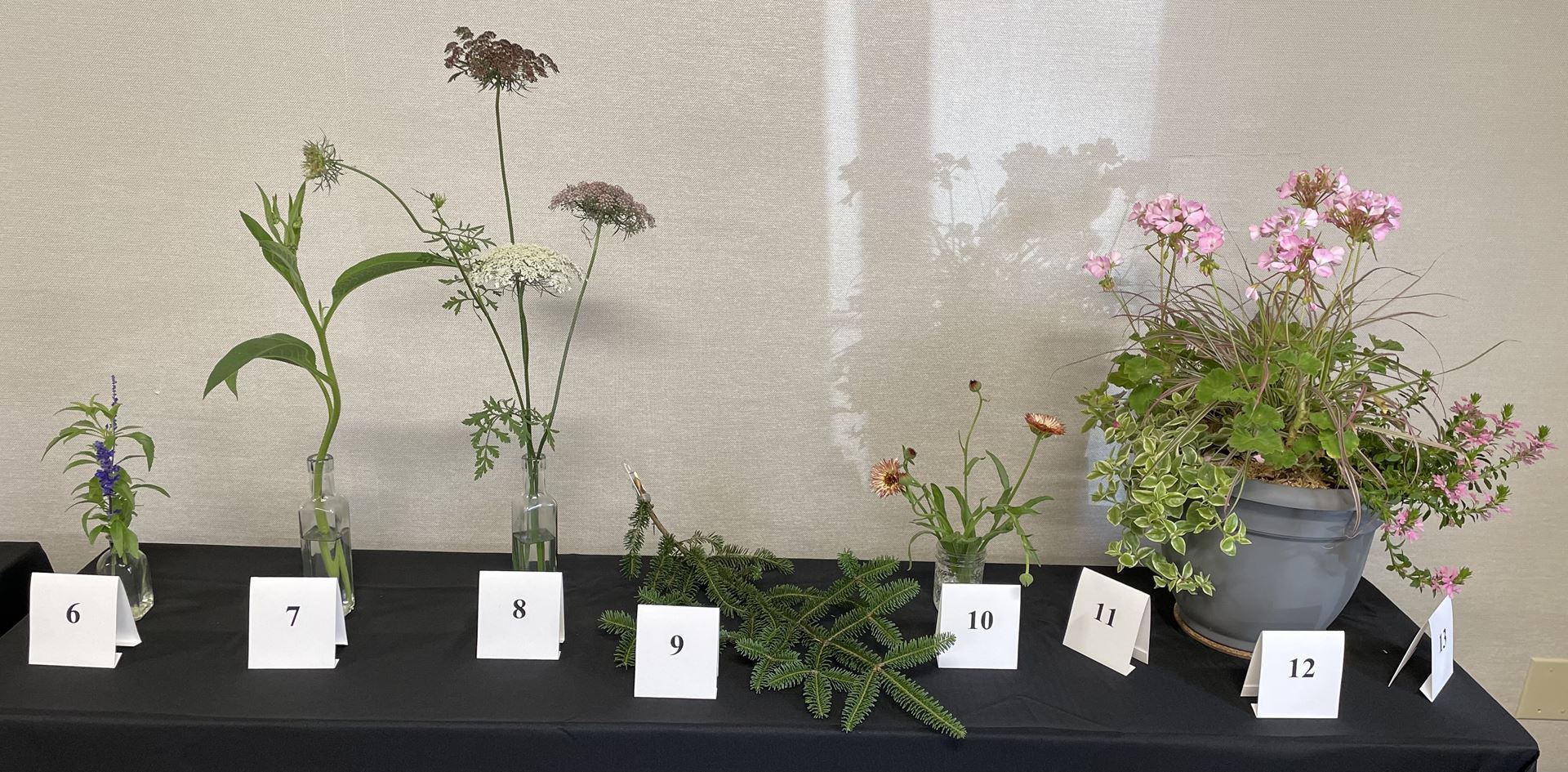
Q. What is meant by competitions?
Q. How do horticultural sales and exchanges work?
|
|
|

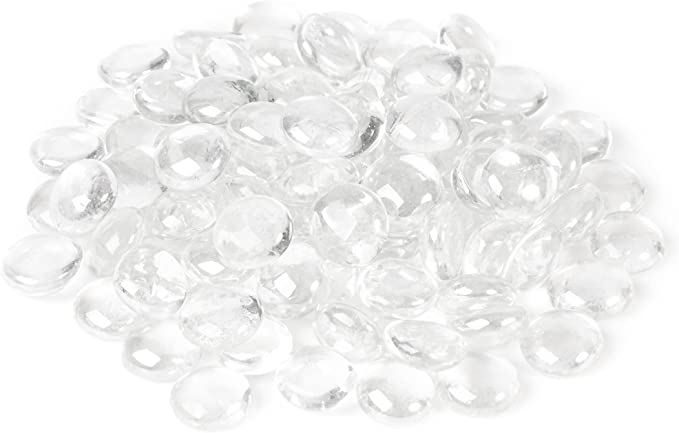
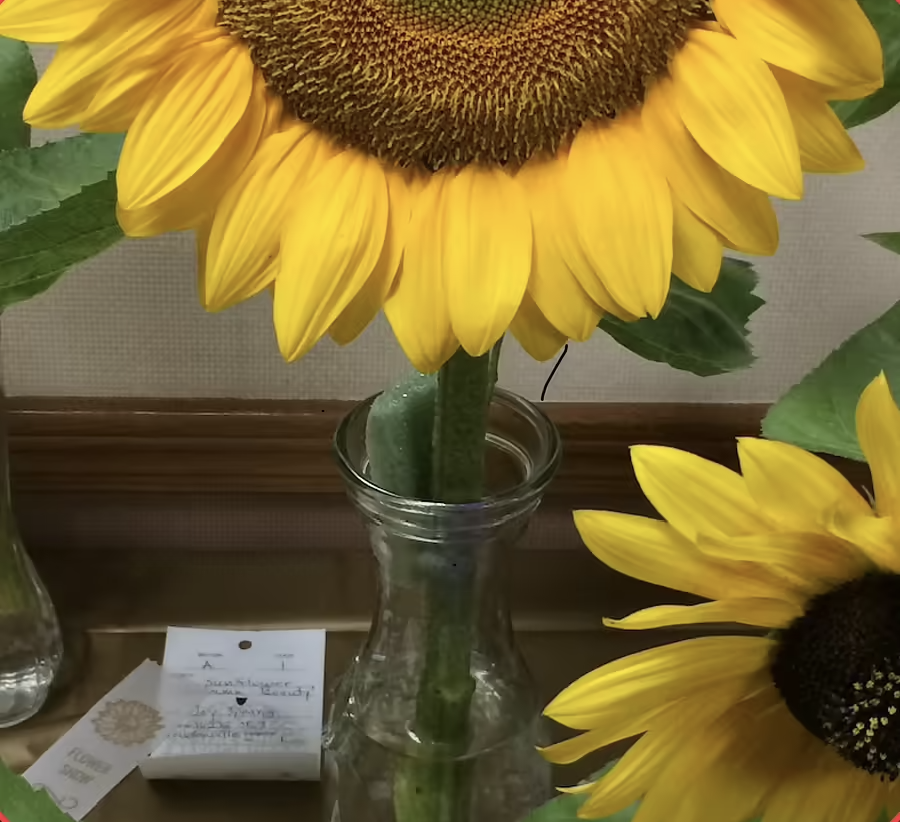
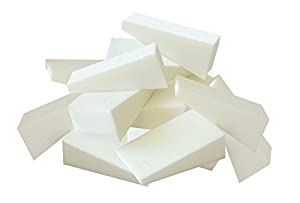
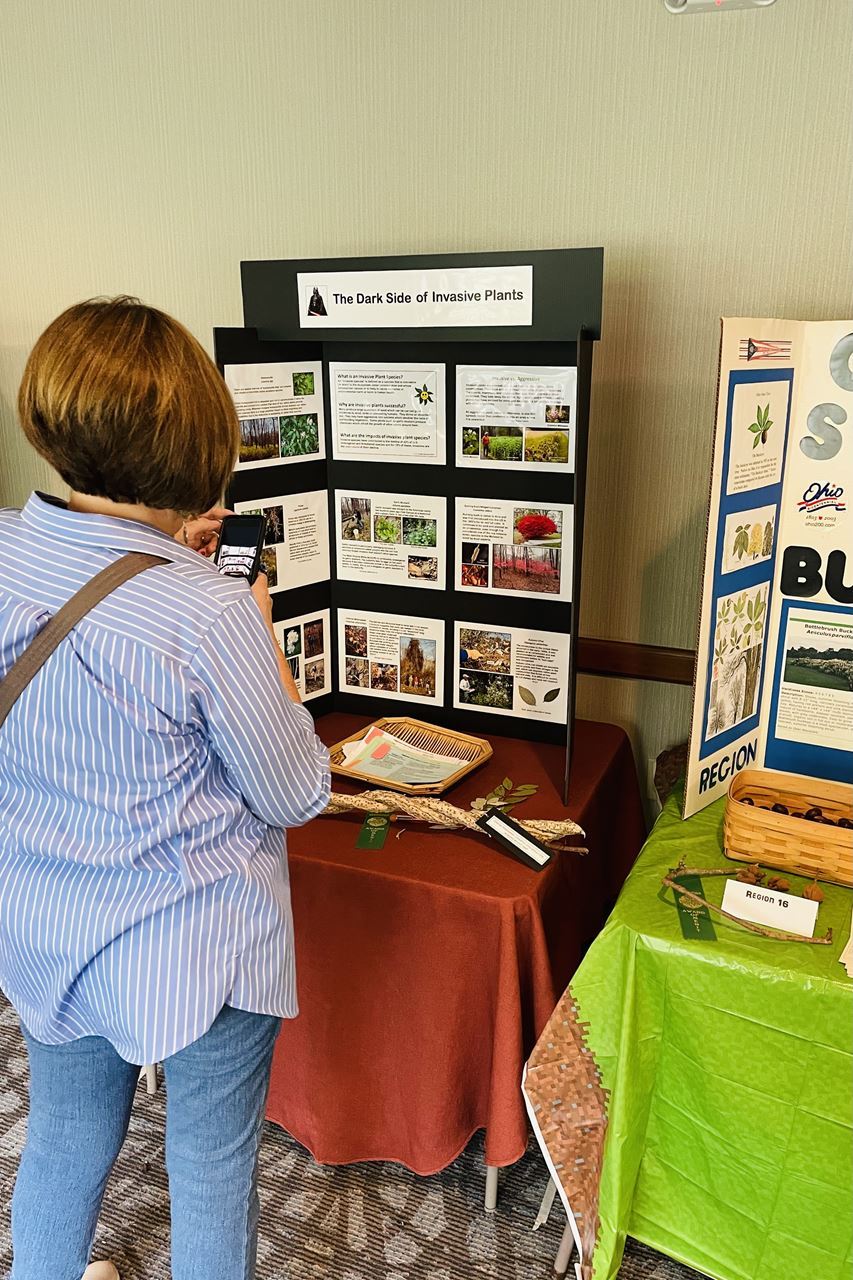
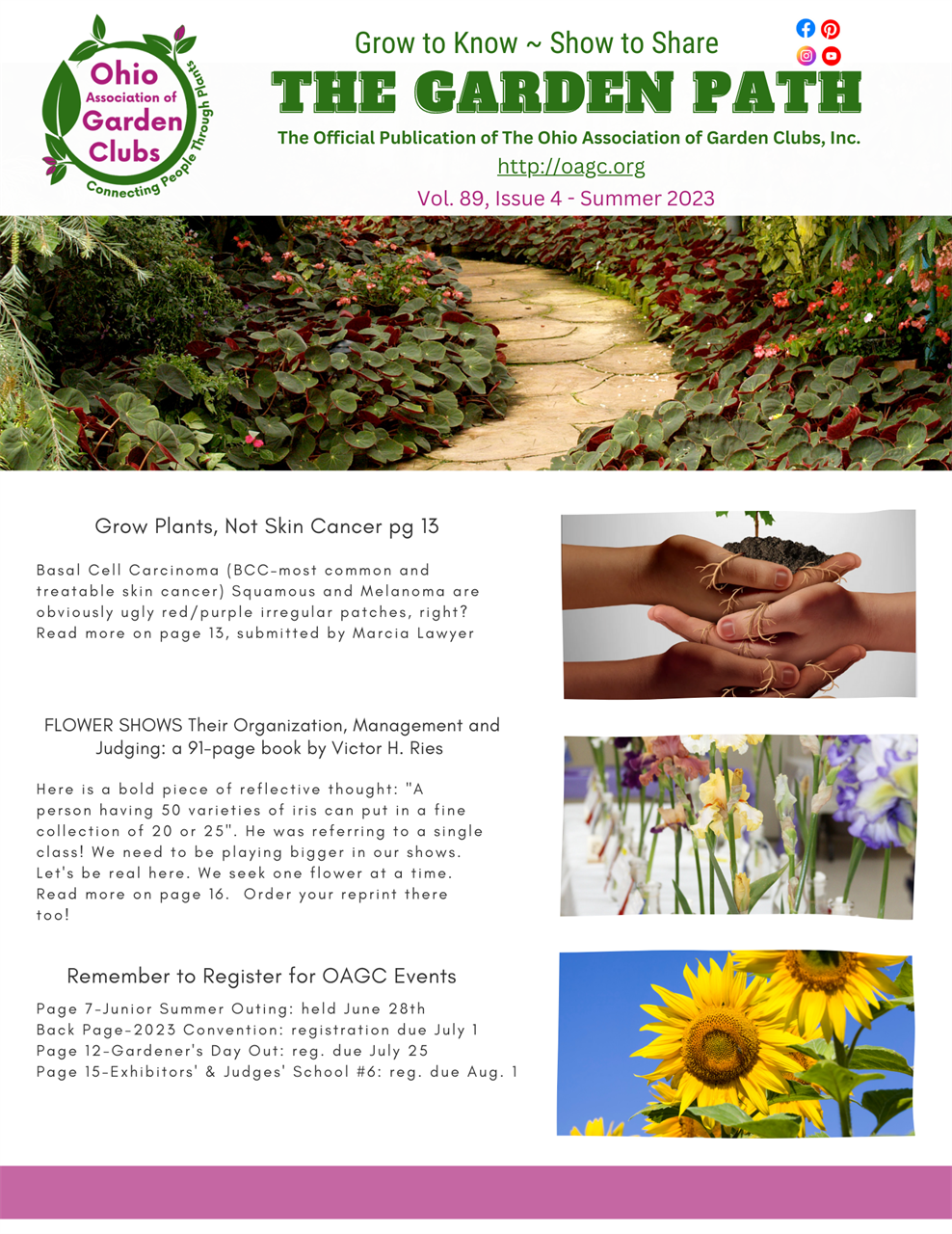
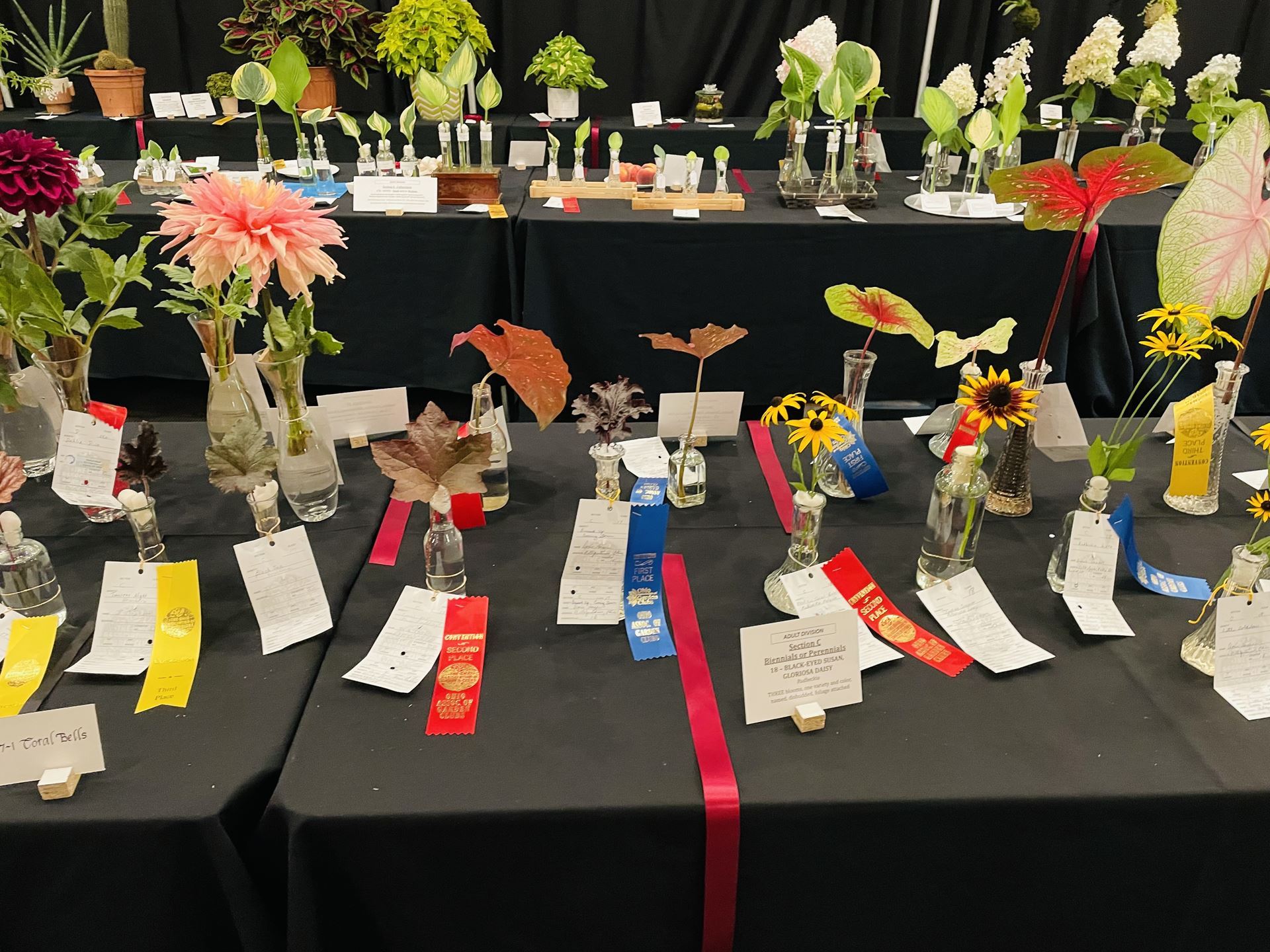
.png)
